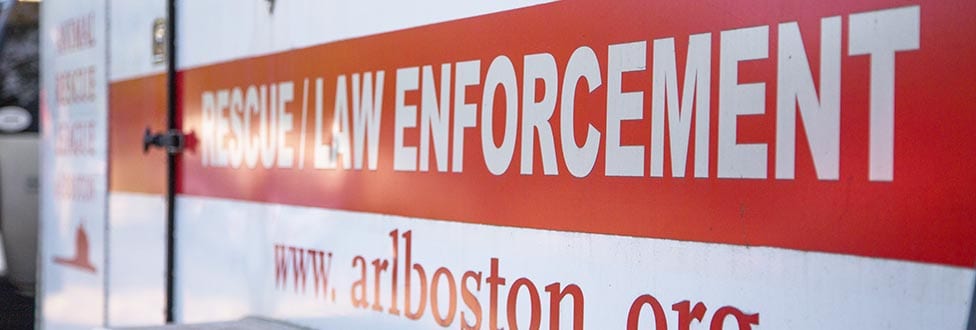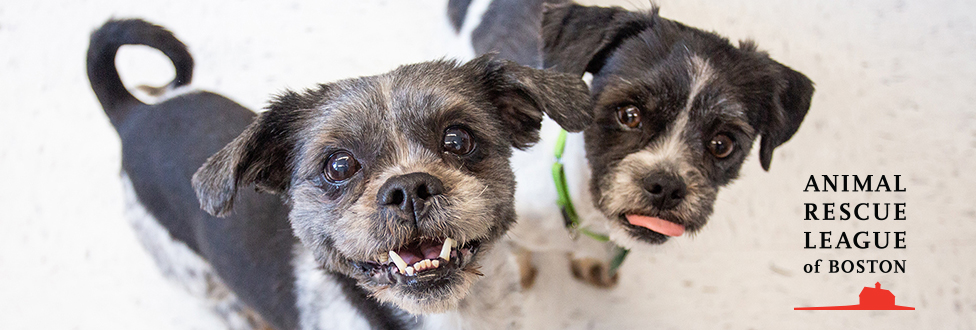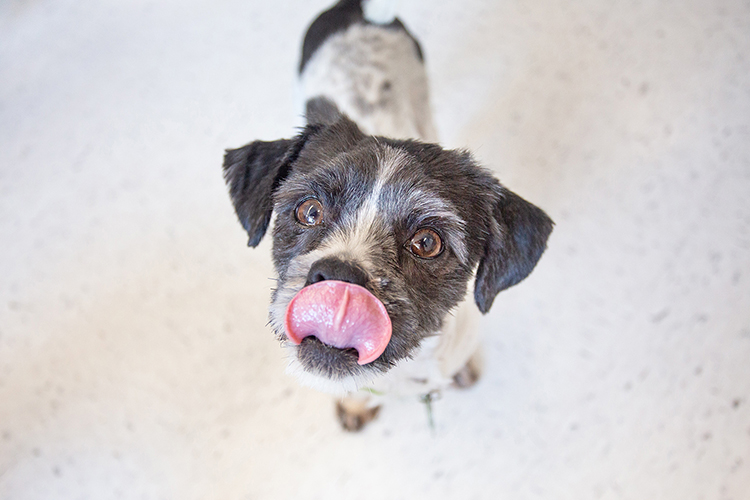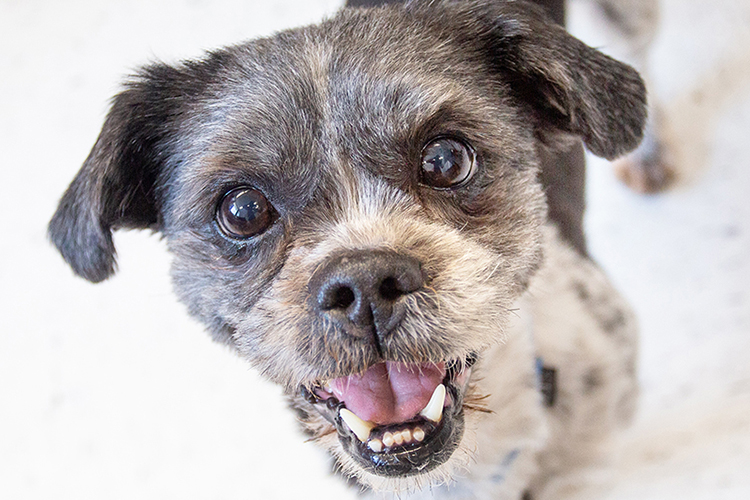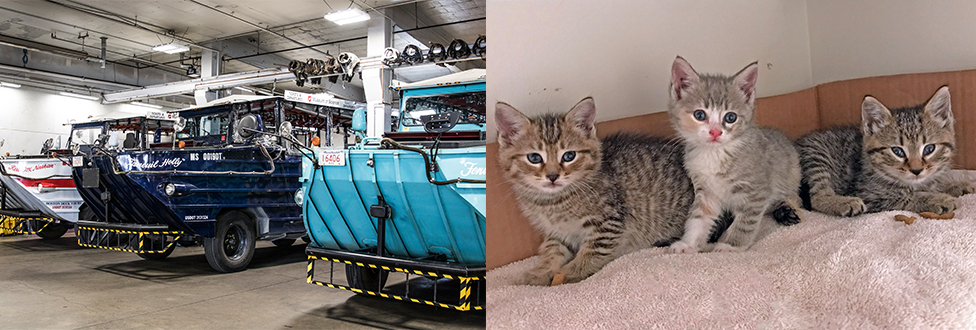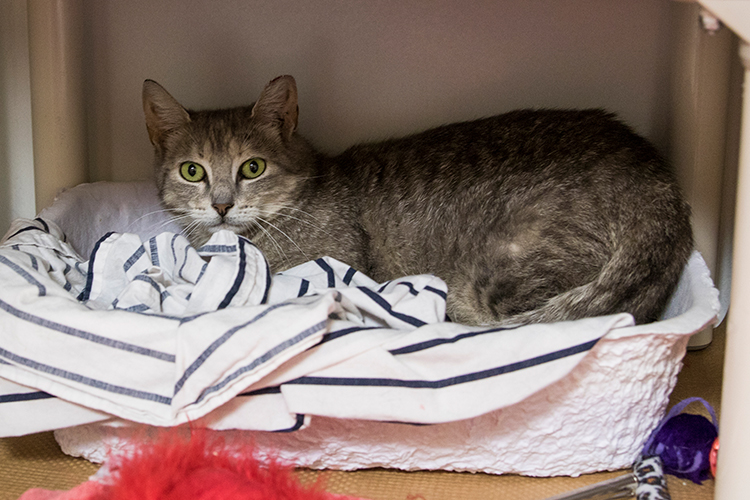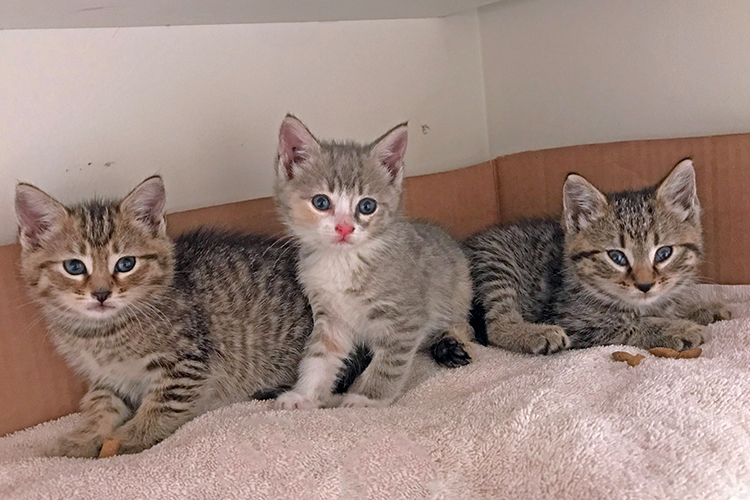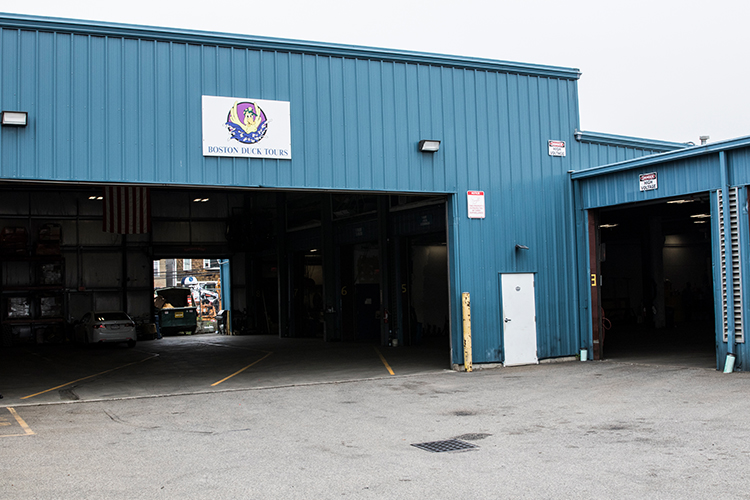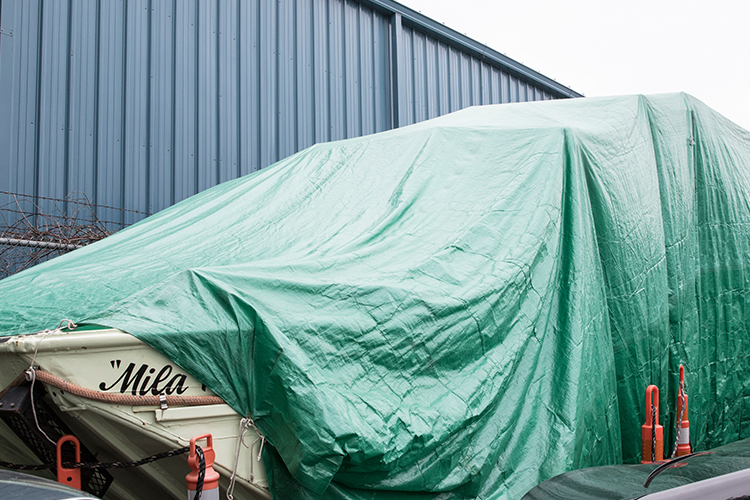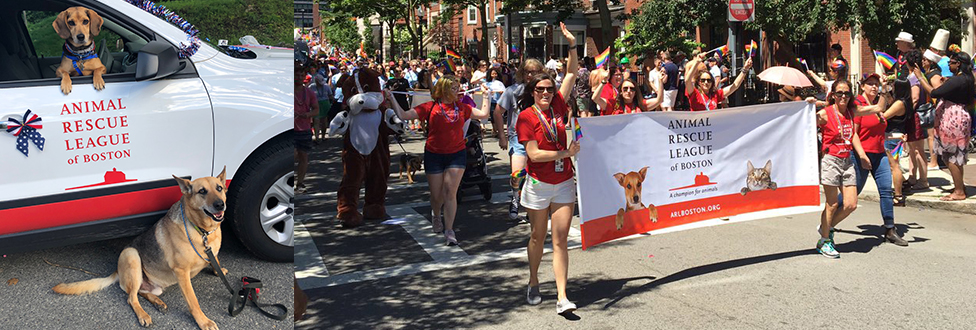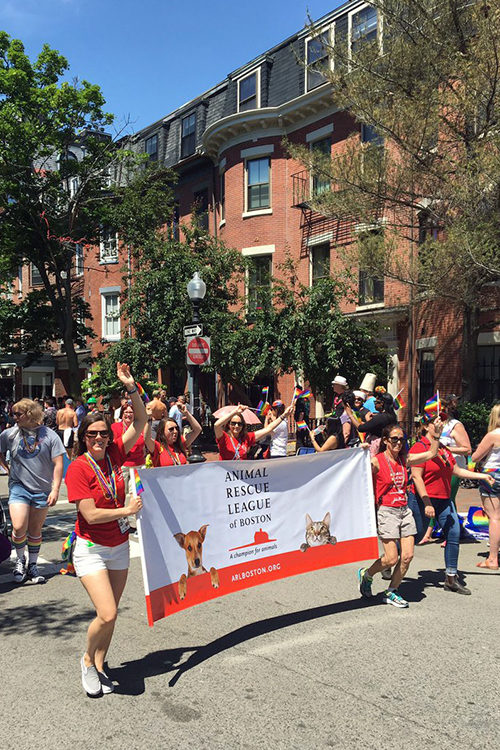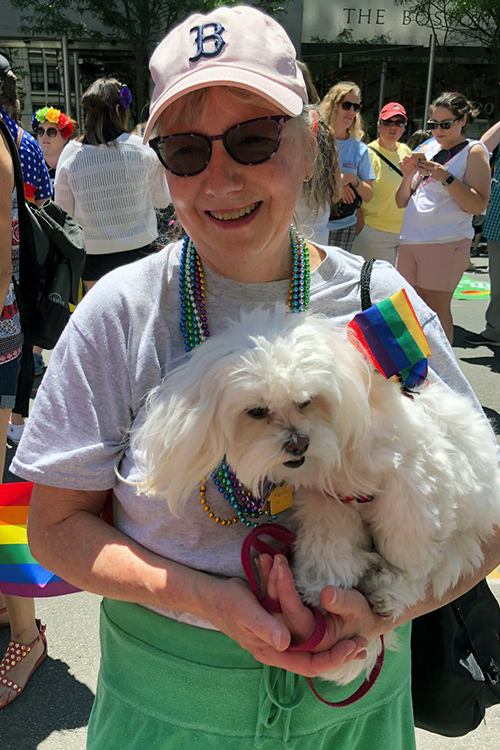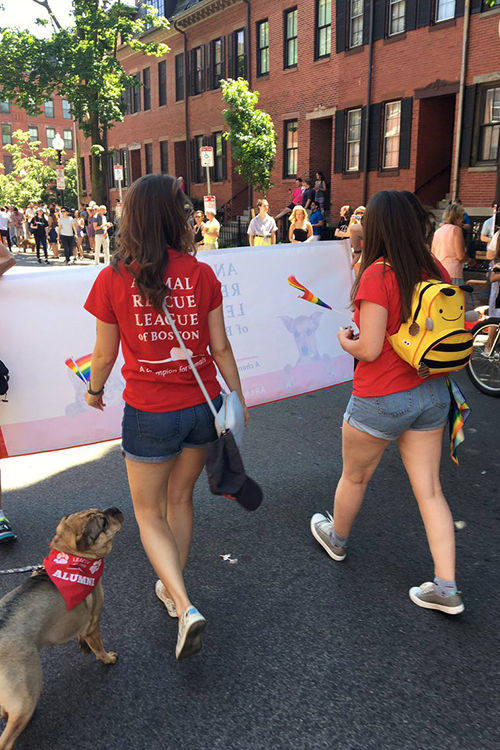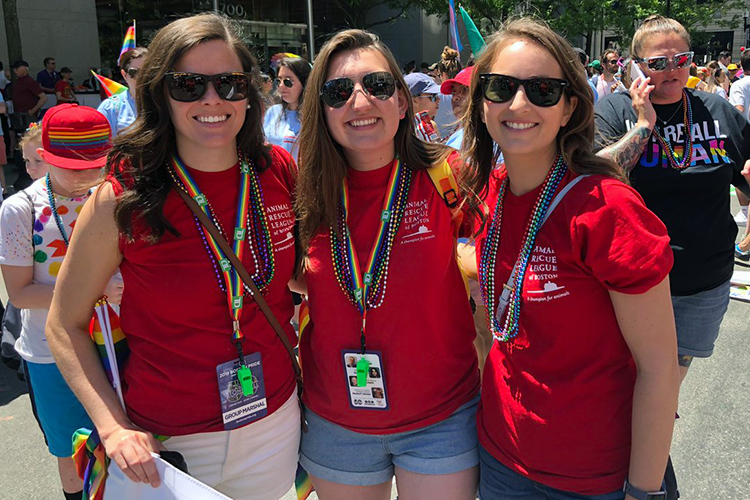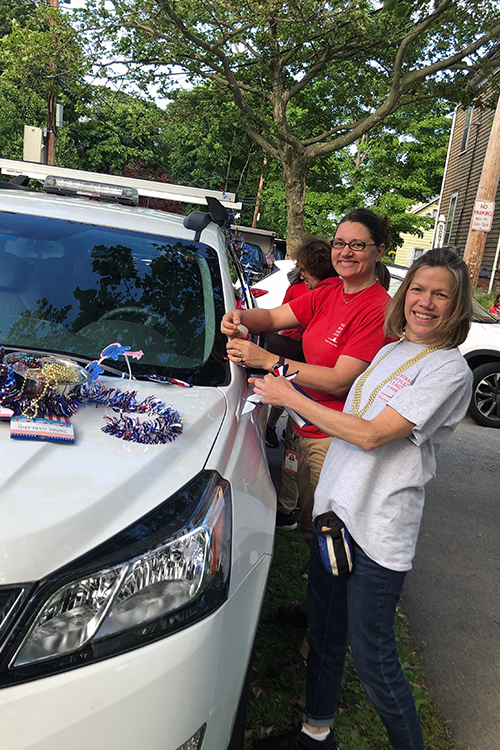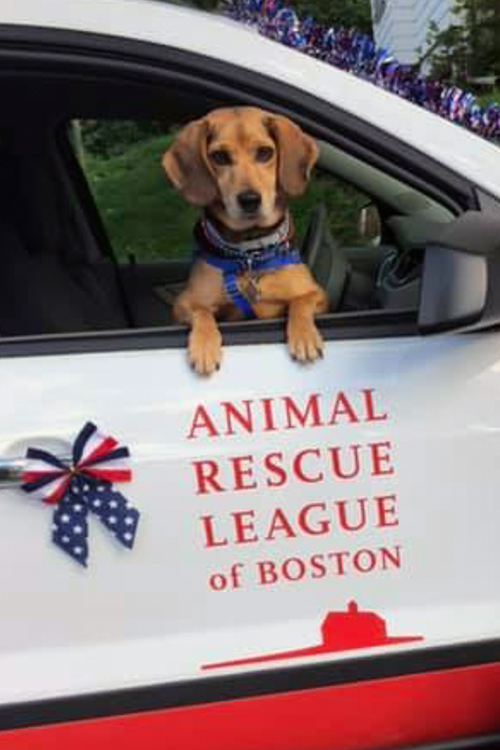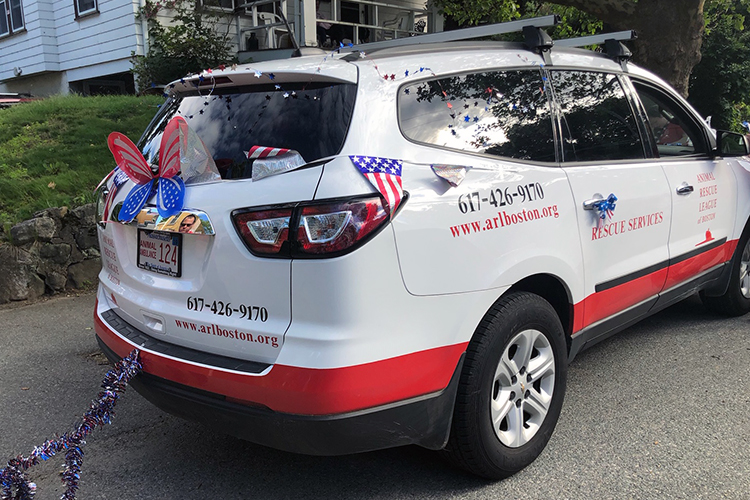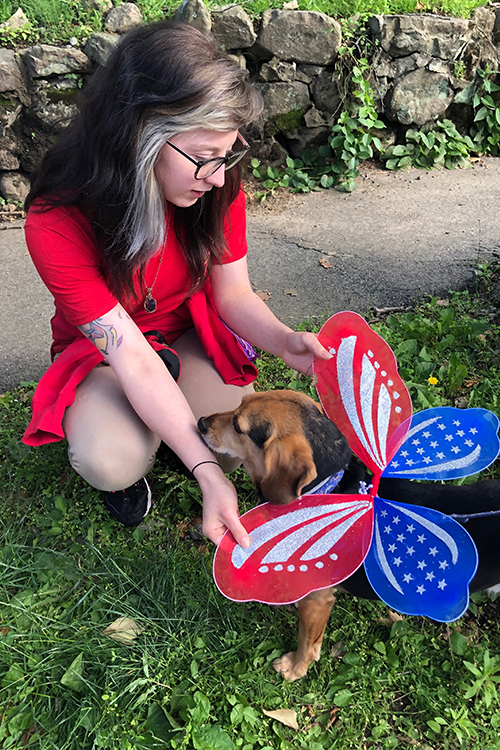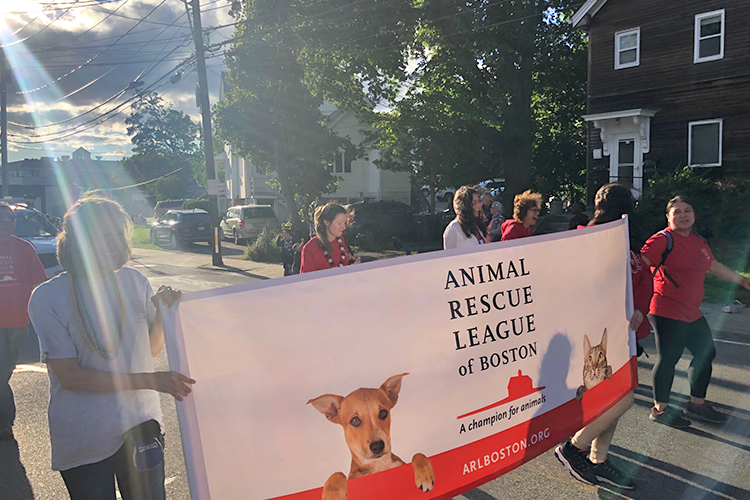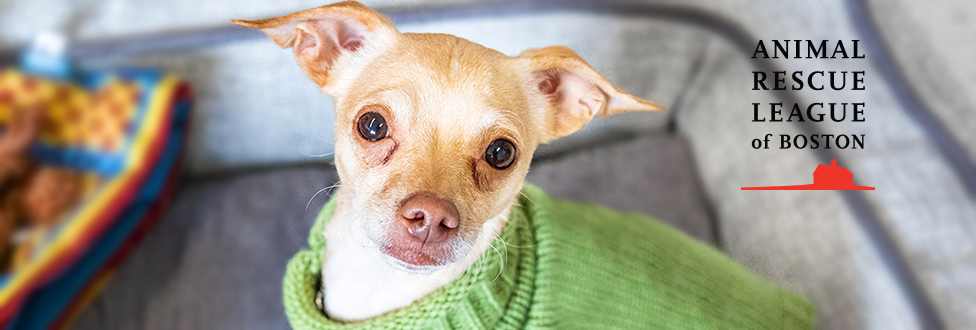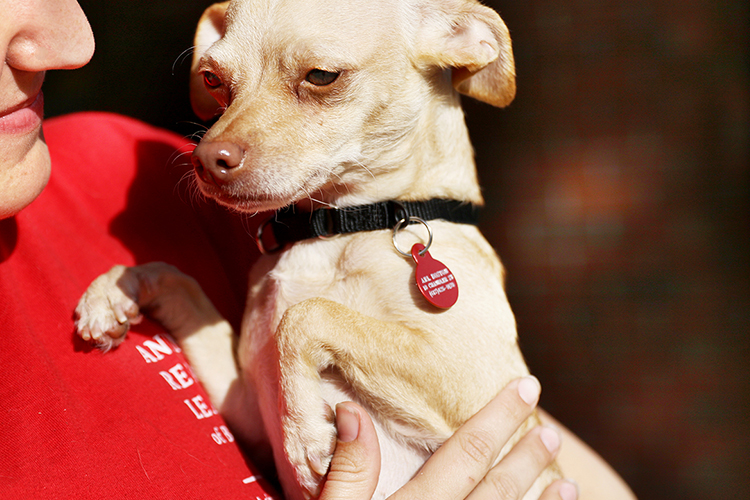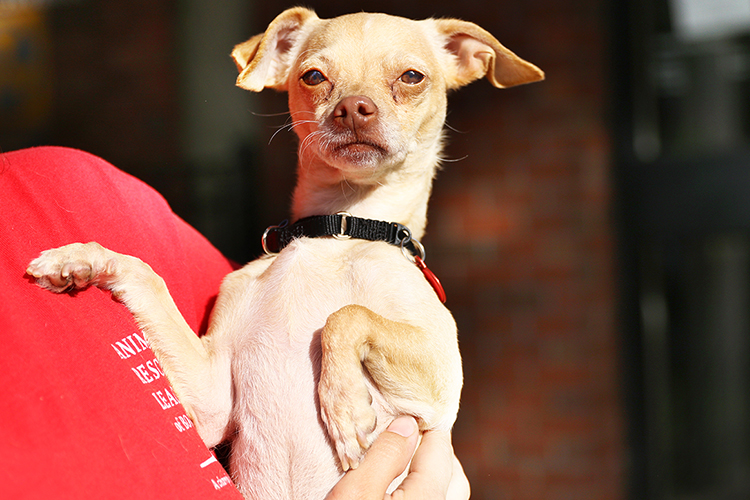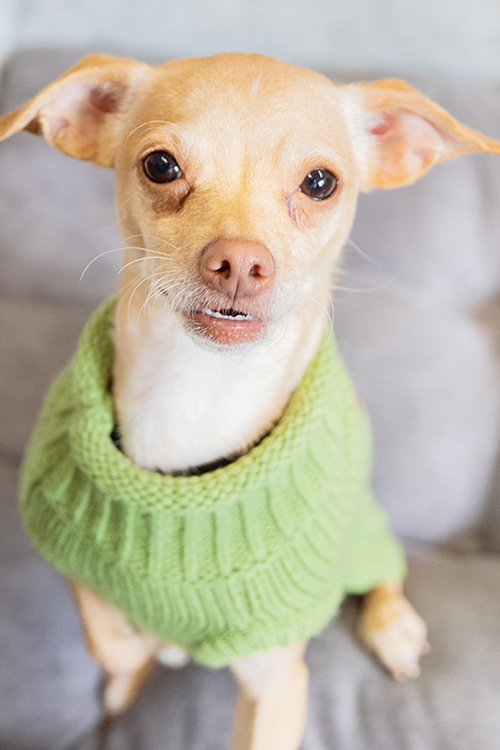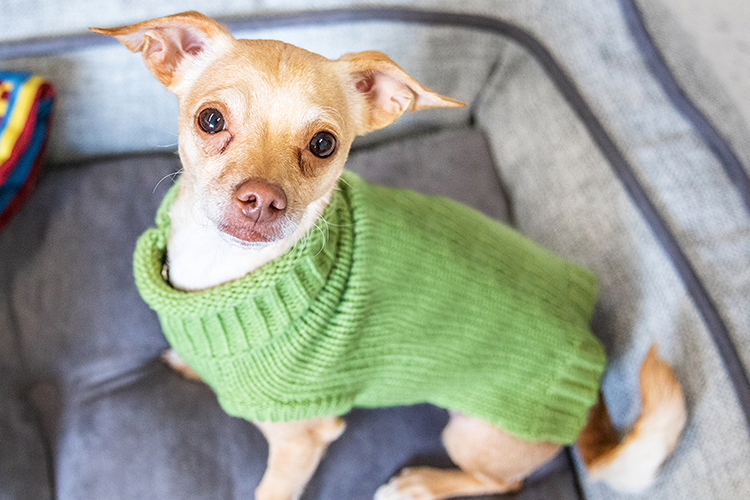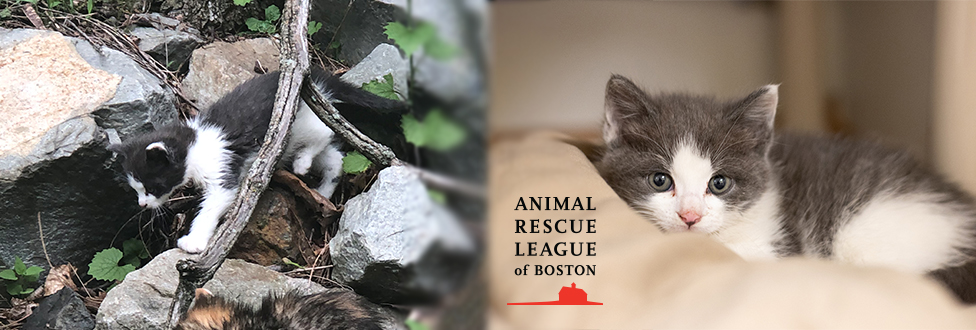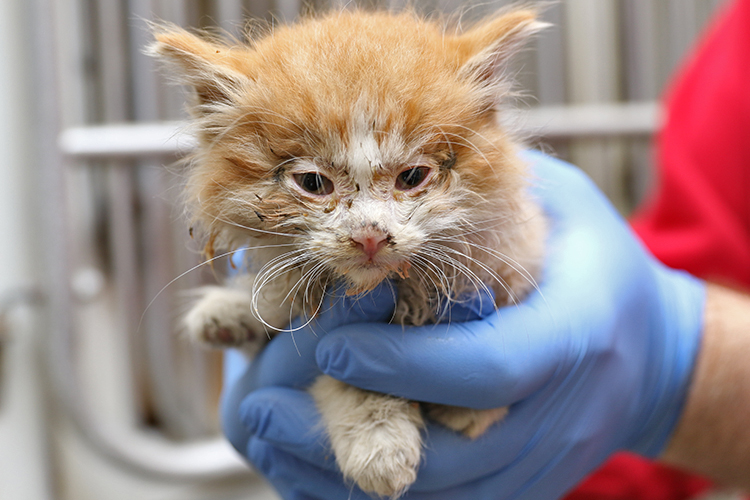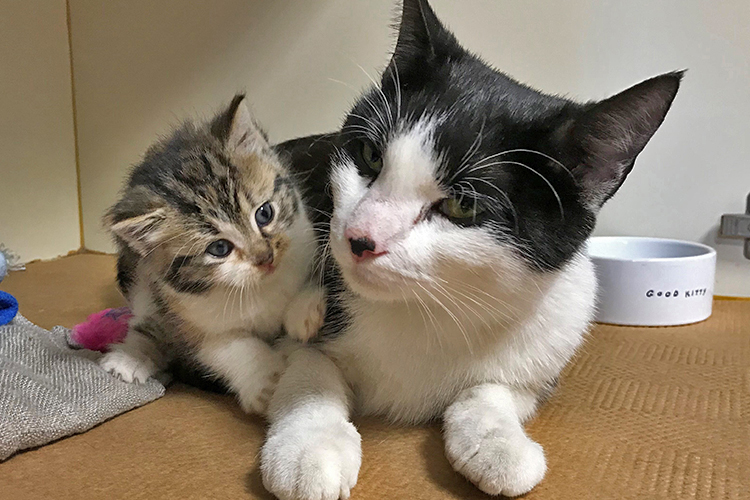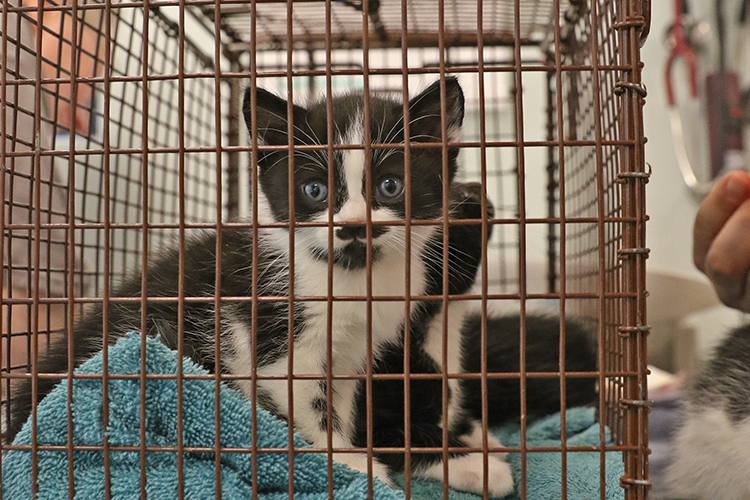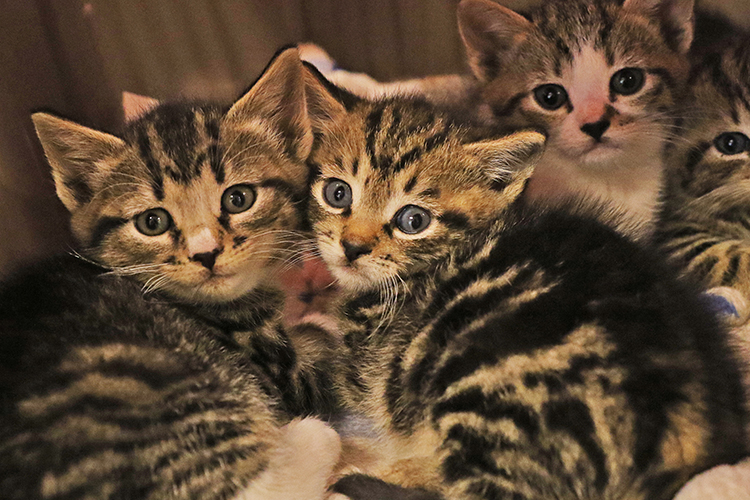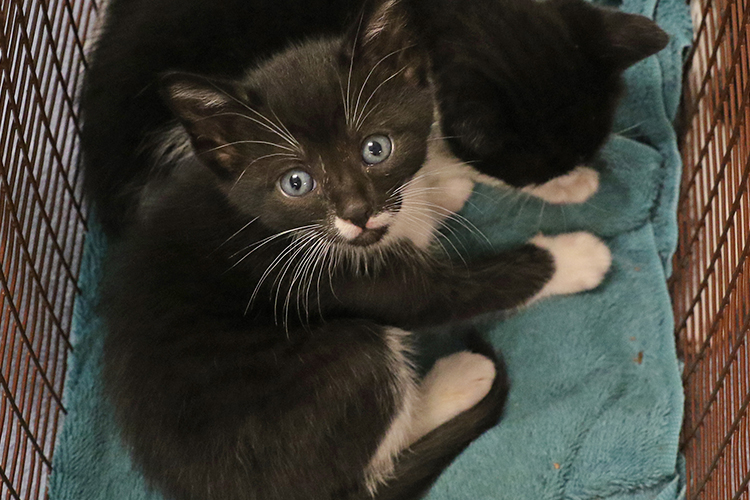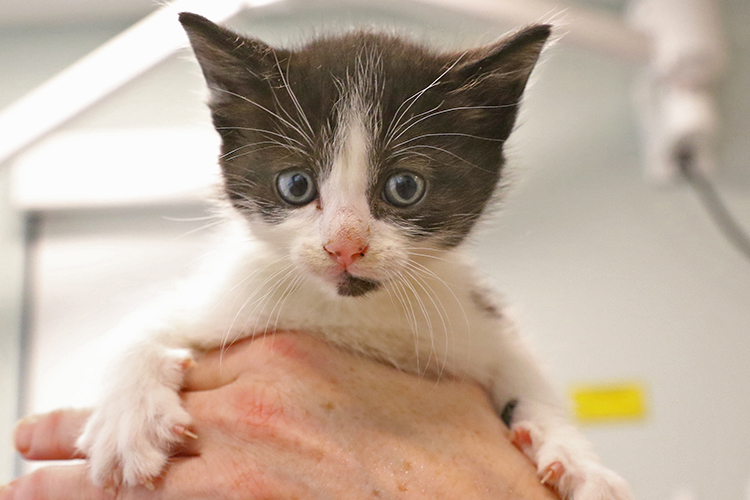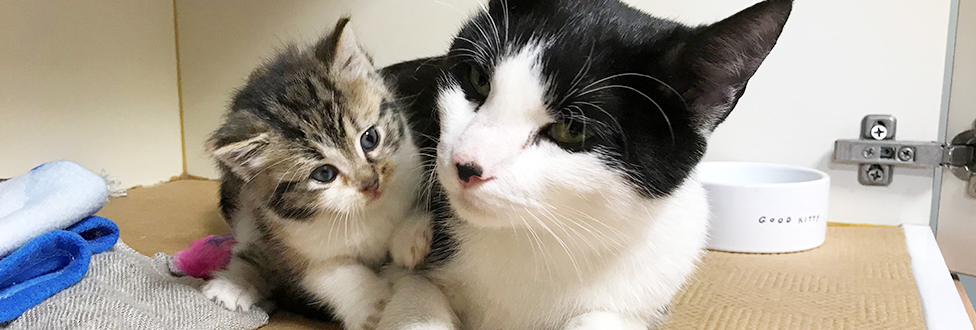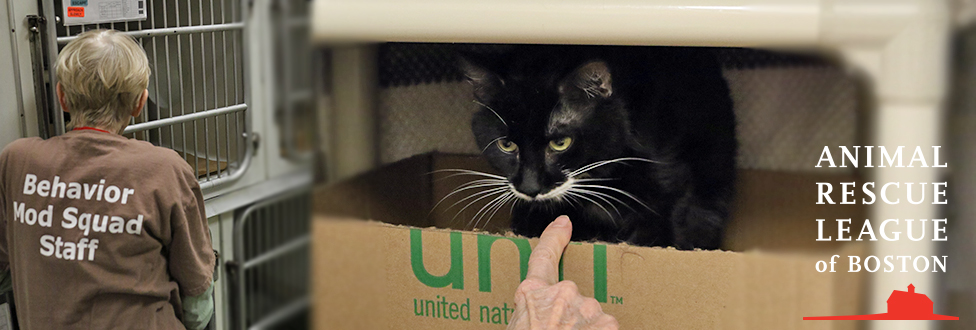Video: ARL Conducts Recruit Training with Massachusetts State Police
The Animal Rescue League of Boston (ARL) recently made a trip to the Massachusetts State Police Academy in New Braintree, MA, to conduct Animal Cruelty training for the 171 members of the Massachusetts State Police 84th Recruit Training Troop.
ARL Director Law Enforcement Lt. Alan Borgal and ARL Vice President of Animal Welfare and Veterinary Services Dr. Edward Schettino instructed these future troopers in a number of facets of animal cruelty.
These included how to recognize signs of animal abuse, existing animal cruelty laws, and how ARL and other animal welfare organizations can assist state and local police in investigating suspected cruelty cases.
“Our goal was to help them understand, first animal cruelty, what it is and how you identify animal cruelty,” said Dr. Schettino. “They are going to be the first responders to many situations.”
“We recognize that laws on the books not only protect people, they protect animals as well,” stated MSP Academy Commandant Det. Lt. Michael Baxter. “We want our troopers to be mindful of those laws, to be able to recognize animal cruelty and abuse.”
ARL is extremely honored to have had this incredible opportunity to instruct the next generation of MSP Troopers.

